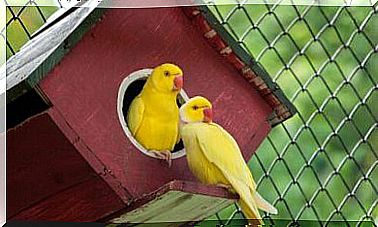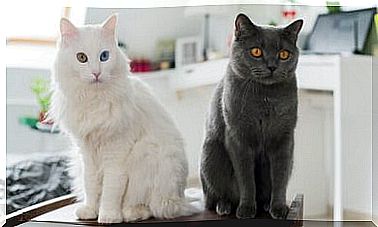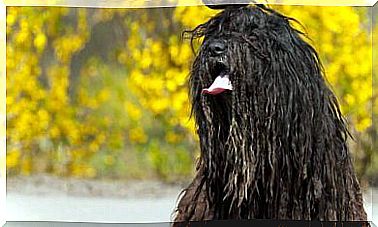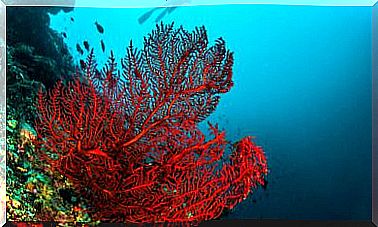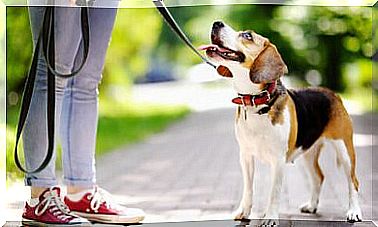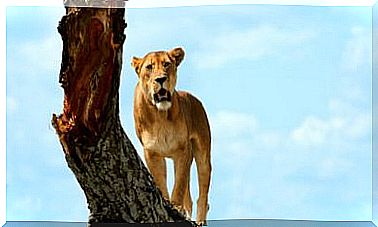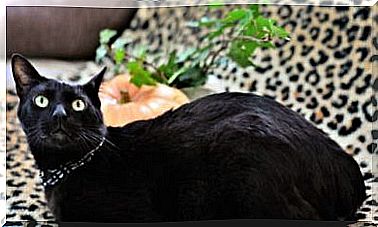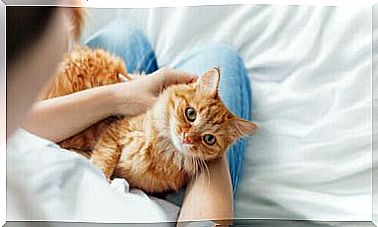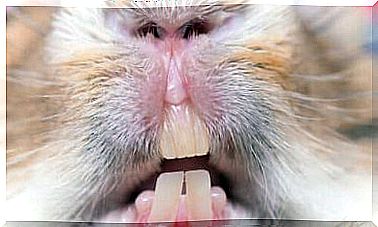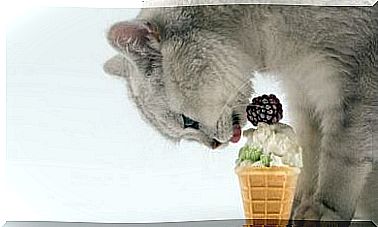Animals That Camouflage Themselves: What Are They?
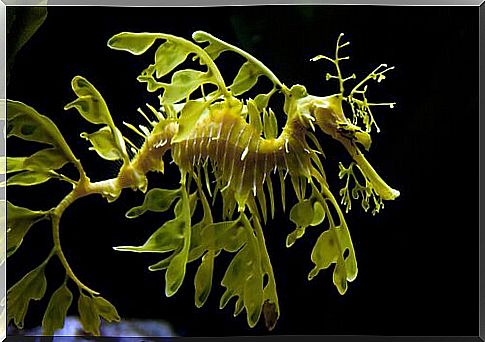
Do you know the animals that camouflage themselves? They adopt colors and shapes that allow them to survive, hiding from the eyes of predators or to hunt more successfully. If you love nature and want to know the curiosities and characteristics of the animals that camouflage themselves , do not miss this article.
Different ways to blend in with the environment
There are living beings who have developed real camouflage strategies. They are so good at blending in with the environment that finding them with the naked eye is almost impossible. Of course, some are more famous than others. And, when we think of camouflaged animals, the first that comes to mind is the chameleon.
Thanks to its special leather, it is able to reproduce the colors on which it rests. It is a real sight to see how it changes, but it is not the only one in the world. Other animals are also true “professionals” of camouflage.
Most camouflaged animals do so thanks to their colors. Their skin is very similar to their surroundings and this allows them to hide in case of possible threats. No matter the size of the animal: from insects to giraffes, many use their colors to go unnoticed.
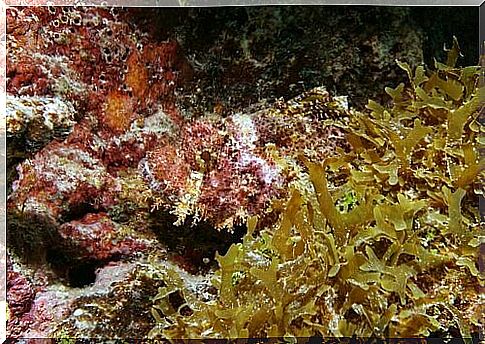
Aside from the strategies implemented through color, other specimens exploit their ability to remain immobile. Many predators only chase their victims when they are on the move. But there are prey that choose to remain still and silent until the danger is gone. The stick insect or the leaf dragon are difficult to see, thanks to this particular feature.
Another example of spectacular camouflage is that of animals very similar to the places they live in. Think, for example, of lizards (whose skin resembles tree bark), fish that look like rocks or algae and even butterflies that, in some cases, look like flower petals.
In short, there are different types of defensive strategies, depending on the type of living being and habitat . Here are four examples of animals that use camouflage as their main survival tool:
Camouflage animals: stick insect ( Bacillus rossius )
In reality, this simple name is used to encompass an entire family of insects, consisting of nearly 3,000 different species. Stick insects are known for the truly atypical shape of their body, which resembles the vegetation they live in: leaves, sticks or branches.
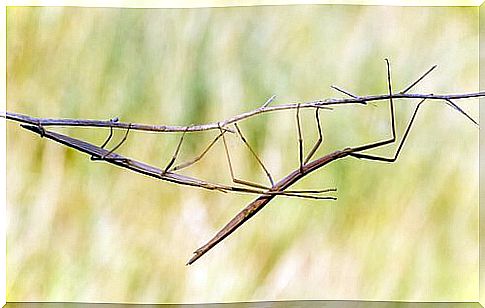
Their camouflage system is not limited to just physical appearance. These animals know how to perfectly copy the color of the leaves they walk on and are able to stay still for a very long time. They move imperceptibly to prevent any displacement from being revealed.
They live in many areas of the planet, for example in Spain, France, Italy and the Balkan peninsula. This allows us to appreciate a great variety of types of this particular insect. The color and type of vegetation in which the stick insect is born and reproduces are determined to compose its morphological characteristics. As for the size, the maximum size of this animal touches the 35 cm.
Chameleon ( Chamaeleonidae )
The chameleon is the king of camouflage animals. It belongs to a family of reptiles made up of over 150 different species, most of which live in central and southern Africa.
His best known ability is the ability to change color to blend in with his surroundings. Although scientists point out that this “mutant” ability is due to particular circumstances, such as temperature and time of day.
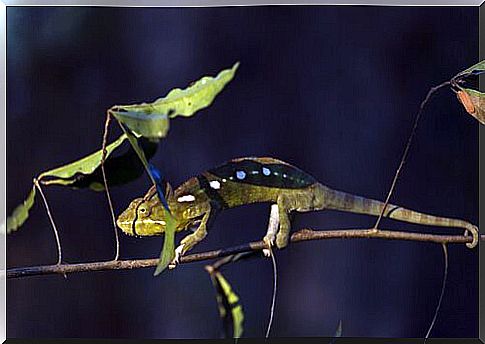
The chameleon is able to change color thanks to special cells distributed in different layers of the skin. These can regulate pigmentation and thus reflect or show different shades and brightnesses, depending on where the animal is.
Greater Nittibium ( Nyctibius grandis )
This bird lives in the northern part of South America. It is a predominantly nocturnal bird that feeds on moths, small insects and even bats. He spends the day among the bare branches of the trees and waits for darkness to fall.
The camouflage strategy of the greater Nittibium, also known as Potoos , is based on these key elements:
- Plumage color : it is very similar to the trunks it lives on and creates an optical illusion that makes it almost impossible to find it.
- Immobility : this bird is able to remain stationary for hours. He opens his eyes only at night when he is most visible, but also more active and can react to possible attacks.
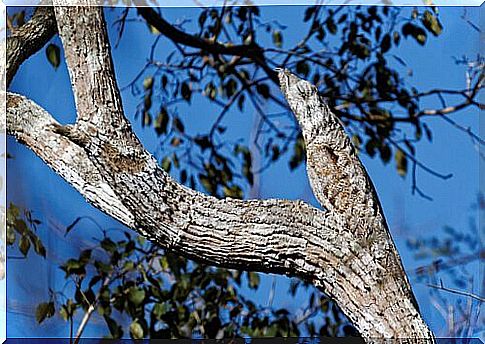
Leaf dragon ( Phycodurus eques )
This fish, visible in the photo that opens this article, is a distant relative of the seahorse. The defining characteristic is the shape of its body: it resembles algae in shape and color. Almost all of its fins are used only for camouflage and, for swimming, it uses only a pectoral fin and two dorsal fins, positioned on the tail.
The Phycodurus eques lives on the shores of Australia, feeds on plankton and algae. As for reproduction, it is the males who keep the fertilized eggs until they hatch. If we tried to remove the “false” leaves, the appearance would be just that of a seahorse.
In short, as you have seen, Nature has provided animals with a whole series of camouflage weapons that make each specimen different, surprising and absolutely unique.
